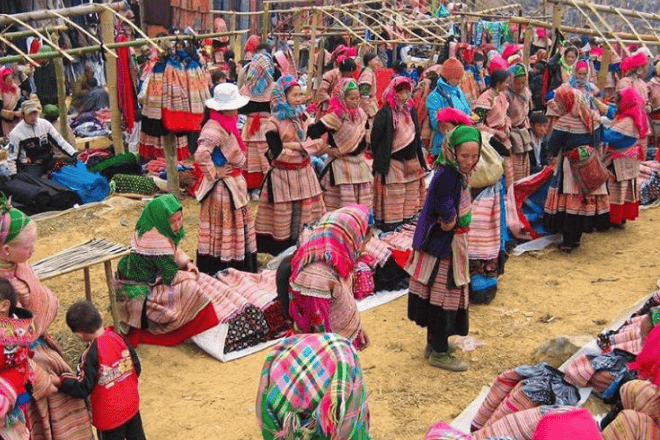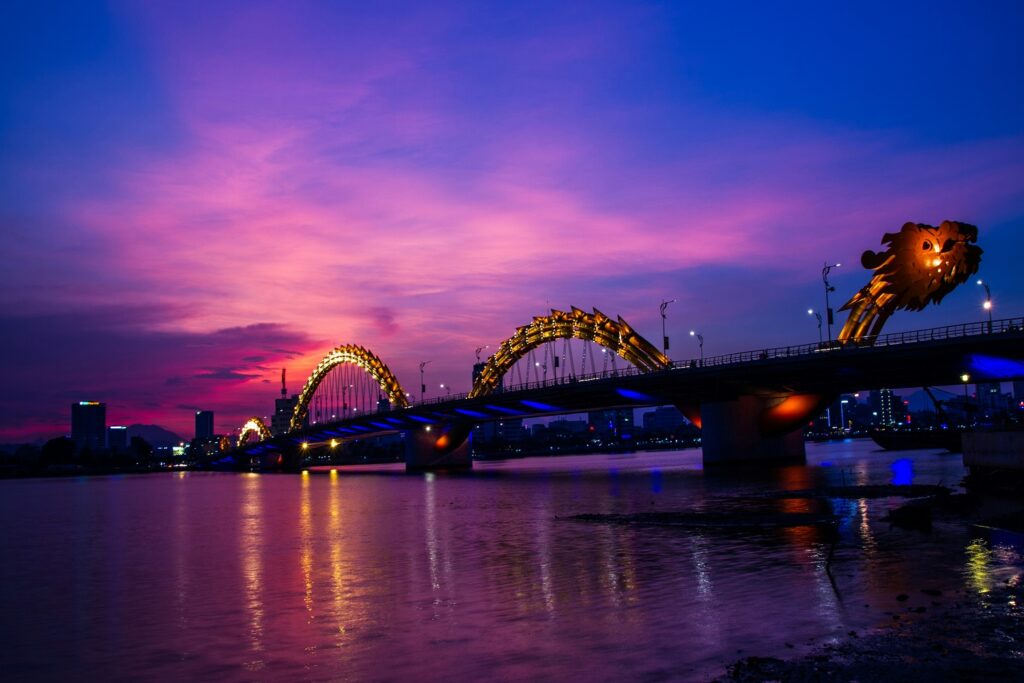Vietnam is a dream destination for travelers seeking adventure, cultural discoveries, and breathtaking landscapes. However, organizing a trip to this country can be complex, with visa requirements, itinerary planning, and language barriers. Choosing a Vietnam travel agency like OC TOURIST is the best way to enjoy a stress-free and unforgettable journey. Discover why our agency is the perfect partner for your Vietnam adventure.
OC TOURIST: A Local Travel Agency Specializing in Vietnam
Local Expertise for an Authentic Experience
OC TOURIST is a Vietnam-based travel agency specializing in tailor-made trips. With our in-depth knowledge of the country, we design personalized itineraries that match the desires and expectations of every traveler.
Unlike agencies based in Europe or North America, we are on-site, allowing us to offer authentic experiences off the beaten path while ensuring competitive prices.
Why Choose a Local Travel Agency?
- Deep knowledge of the destinations – Our experts carefully select the best routes and activities.
- Flexibility and customization – Every itinerary is tailored to your preferences and budget.
- Competitive pricing – No intermediaries, ensuring the best value for money.
- 24/7 local assistance – Our team is available at any time to support you during your trip.
Our Vietnam Tours: A Tailored Experience
At OC TOURIST, we offer a variety of tours suited to every type of traveler:
- Cultural tours exploring Vietnam’s must-see destinations
- Adventure trips featuring trekking, motorbike excursions, and homestays
- Beach getaways on Vietnam’s most beautiful coastlines
- Culinary journeys to experience the country’s rich gastronomy
- Custom tours designed entirely to your preferences
👉 Explore all our tours here: See our Vietnam tours
Why OC TOURIST is the Best Vietnam Travel Agency
Experienced and Passionate Guides
Our English- and French-speaking guides are passionate about Vietnam. They provide valuable insights, share local stories, and take you beyond the typical tourist routes.
Comprehensive Assistance from Start to Finish
From your first contact with OC TOURIST, we guide you through every step of your journey:
- Advice on itineraries and tour selection
- Hotel, transport, and activity bookings
- Assistance with visa and travel insurance procedures
- On-site support for any questions or concerns
Handpicked Accommodations and Transport
We partner with quality hotels, lodges, and homestays that combine comfort with authenticity. Our transportation options, including private cars, overnight trains, and traditional boats, are chosen for safety and convenience.
Transparent and Competitive Pricing
Our prices are designed to offer the best value without compromising quality. There are no hidden fees—everything is clearly detailed in your personalized quote.
Practical Information for Your Vietnam Trip

Visa and Entry Requirements
For stays of less than 15 days, citizens of certain countries, including France, are exempt from a visa. For longer stays, a tourist visa is required, which can be obtained online (e-visa) or through the Vietnamese embassy. OC TOURIST can assist with the application process.
Best Time to Visit Vietnam
Vietnam has three distinct climate regions:
- North (Hanoi, Halong Bay, Sapa) – Best visited from October to April.
- Central (Hue, Hoi An, Da Nang) – Dry season lasts from February to August.
- South (Ho Chi Minh City, Mekong Delta, Phu Quoc) – Pleasant weather year-round, with a dry season from November to April.
Currency and Budget Considerations
The local currency is the Vietnamese dong (VND). While the euro and US dollar are sometimes accepted in major cities, it’s best to exchange money locally.
A budget-friendly country, Vietnam offers a wide range of options for accommodations, dining, and activities to suit all travelers. Whether you’re looking for budget stays or luxury experiences, you’ll find plenty of choices at competitive rates.
Health and Safety Tips
There are no mandatory vaccinations for Vietnam, but the following are recommended:
- Hepatitis A and B
- Typhoid
- Rabies (for extended stays in rural areas)
We advise travelers to purchase comprehensive travel insurance covering medical expenses and repatriation.
How to Book Your Trip with OC TOURIST
Easy Booking Process
- Contact us via our website or email.
- Share your travel preferences and budget, and we’ll design a personalized itinerary.
- Receive a custom travel proposal within 24 hours.
- Confirm your booking and get ready for an unforgettable journey.
If you’re looking for a trusted Vietnam travel agency with local expertise and personalized services, OC TOURIST is the perfect choice. Our deep knowledge of Vietnam, customized itineraries, and commitment to quality ensure an unforgettable travel experience.


















